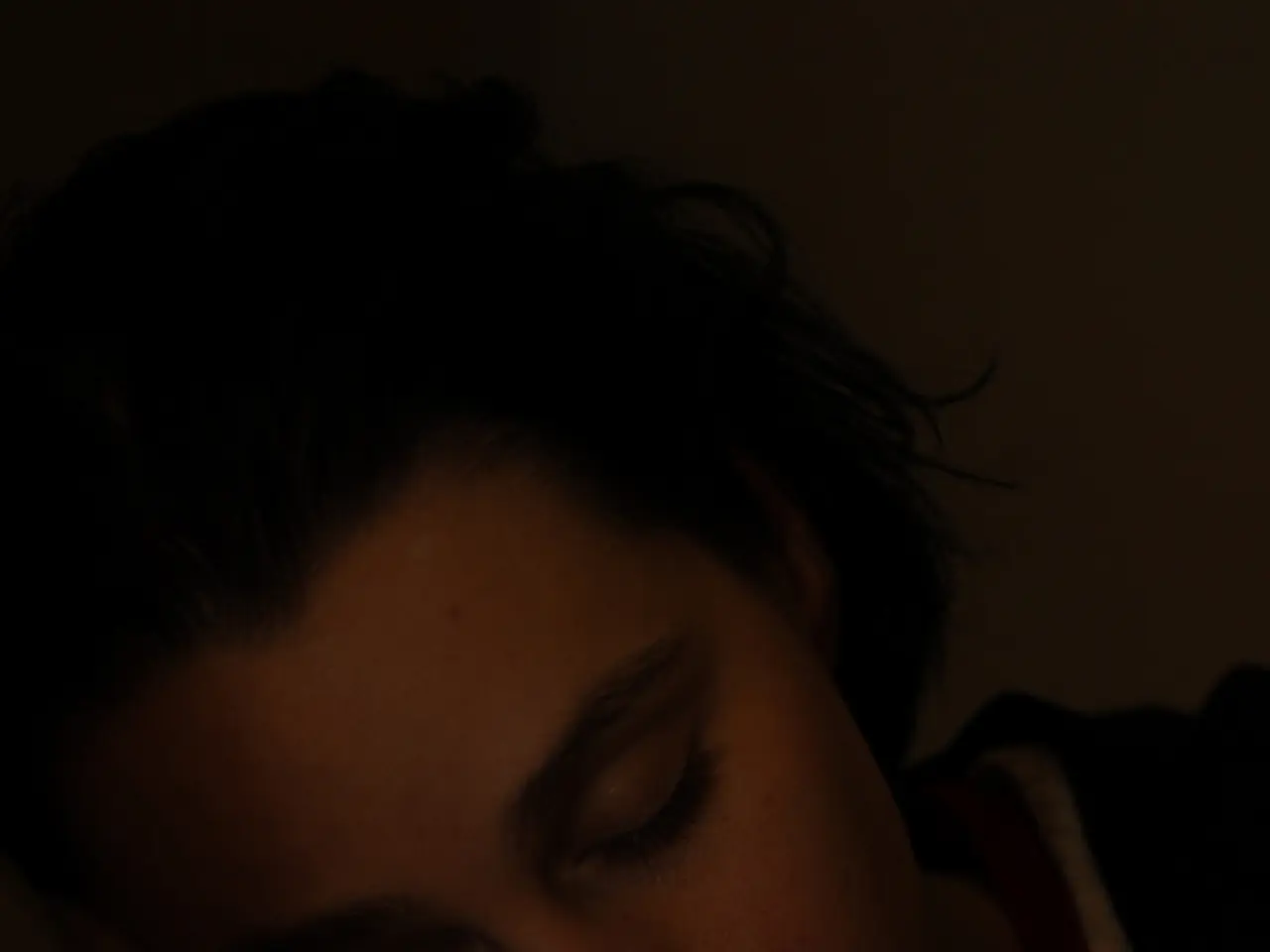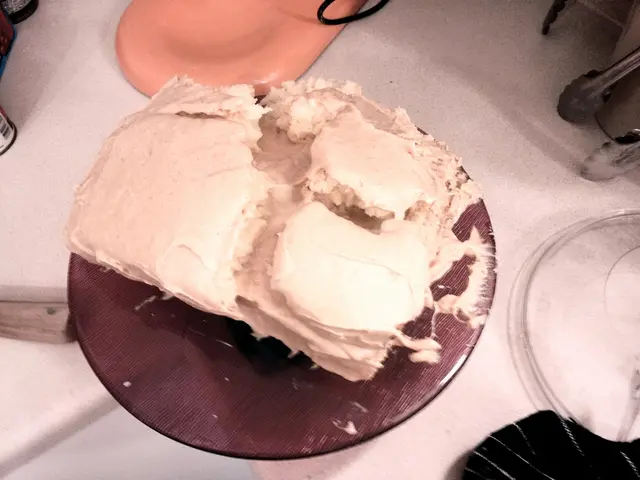Rare Sleep Disorder: Central Sleep Apnea's Serious Impact and Treatments
A rare but serious sleep disorder, central sleep apnea (CSA), affects breathing during sleep due to disrupted brain signals. Unlike obstructive sleep apnea, CSA is not caused by physical blockages in the airways. Instead, it stems from issues with the connection between the brain and the muscles responsible for breathing.
CSA is characterised by brief pauses in breathing, shallow breaths, and excessive daytime sleepiness. Risk factors include premature birth, smoking, alcohol consumption, older age, and family history. Diagnosis involves a sleep study called polysomnography, often accompanied by an MRI scan to rule out structural abnormalities.
Treatment options are varied and effective. Positive air pressure (PAP) devices, such as CPAP, BPAP, and APAP machines, are commonly used. For more complex cases, adaptive servo-ventilation (ASV) can monitor and regulate breathing patterns. Underlying health conditions like stroke, heart attack, or Parkinson's disease can cause CSA, and managing these conditions is a crucial part of treatment.
Idiopathic central sleep apnea, a less common form, has no identifiable cause. However, it's often associated with certain medical conditions, such as heart failure, stroke, medication side effects, neurological diseases, or brain injuries.
Central sleep apnea, though less common than its obstructive counterpart, poses significant health risks. Early diagnosis and appropriate management, including PAP devices and addressing underlying medical conditions, are vital for those affected.
Read also:
- Americans Lose Insurance Under New Tax Legislation, Affecting 10 Million Citizens
- Pro-Life Group Condemns FDA's Approval of Generic Abortion Drug
- Trump Signs Law Defunding Planned Parenthood, Threatening Healthcare Access for Millions
- Historian Ute Frevert Explores Germans' Emotional Bond With Constitutions







